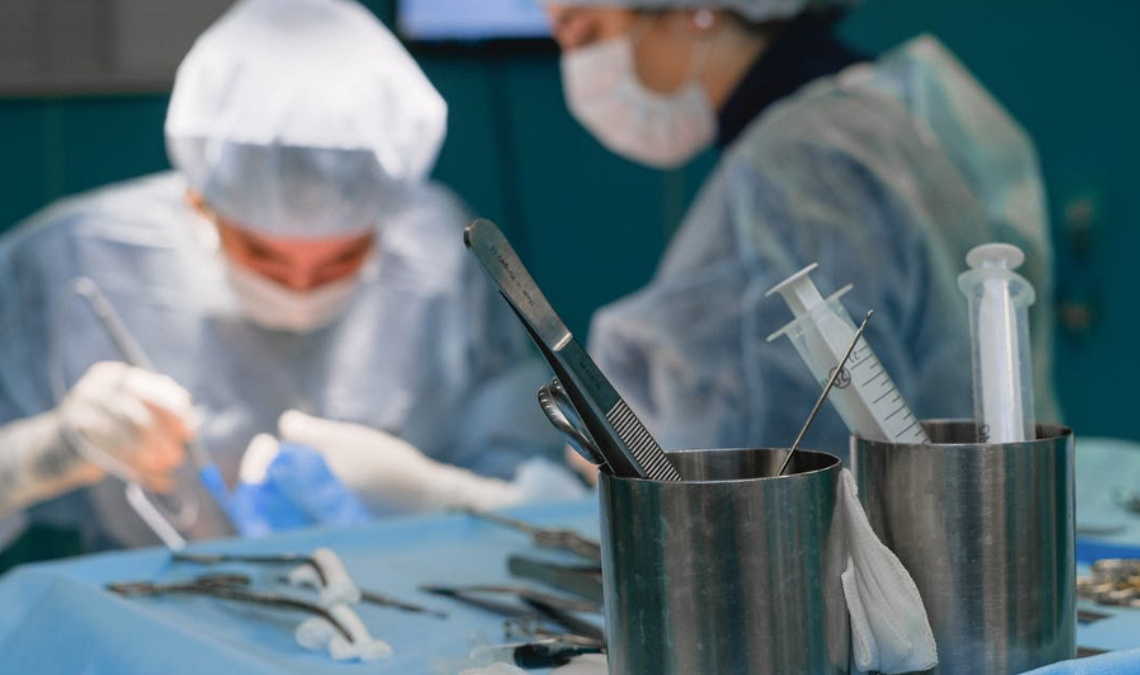
Autoclaves have become one of the most widely used methods for sterilizing hospital equipment. Medical facilities of all sizes use them to treat tools and even red bag waste. In this article, you will learn more about the principles of these steam sterilizer machines so you can make a more informed decision before buying one!
How does an autoclave sterilize hospital equipment?
An autoclave machine can steam sterilize hospital equipment and allow it to be reused for the treatment of patients without any risks of infection. The steam sterilization process starts by loading autoclave-compatible materials inside the autoclave’s chamber. High-pressure and high-temperature steam will then be introduced inside this chamber, which will sterilize the surface of the load inside.
Since autoclaves can increase the boiling point of water to well over 100 degrees Celsius, sterilizing hospital equipment only takes about 20 minutes with the most advanced models.
What you should remember is that sterile materials are not the same as disinfected materials. No surgical tool can be reused in the treatment of patients if it hasn’t been sterilized before the operation!
Apart from hospital equipment, autoclaves can also sterilize items contaminated with blood, such as bandages and gauze, plastic tubes, or personal protective equipment.
What kind of hospital equipment can an autoclave sterilize?
Autoclaves can be used to sterilize hospital equipment such as:
- Contaminated solid items
- Stainless steel
- Glassware
- Biological tissue culture flasks and plates
- Metallic medical tools, surgical instruments
- Hospital linens, textile materials, paper
- Culture media solutions
- Plastic pipette tips
- Latex gloves, vinyl
- Polypropylene and polycarbonate plastics
Still, some models may be more versatile in the sterilization of hospital equipment than others. Always make sure to check what information the manufacturer has provided on autoclave-compatible materials to avoid unnecessary incidents!
What kind of autoclave should I buy for the sterilization of hospital equipment?
The first thing to consider is size – more precisely, the chamber size capacity of the autoclave you will use for the sterilization of hospital equipment. Hospitals typically need to treat larger quantities of materials compared to smaller clinics, and may even need a steam sterilizer at the site of the operating theater to further help the work of medical staff.
More moderately sized models can be used near operating theaters or as backup machines to treat loads simultaneously. But in most cases, hospitals choose to go for large autoclaves with a capacity ranging from 110 to 880 liters.
Apart from size, you also need to consider the “class” of the autoclave you intend to use for the sterilization of hospital equipment. Essentially, this defines what materials it can sterilize. Class B steam sterilizers are the most popular within the healthcare industry for this very reason since they can handle all kinds of materials, including porous loads, textile items, as well as wrapped and unwrapped instruments.
Not to mention they are also faster than lower-classed S and N autoclaves and operate automatically with special built-in safety features.


